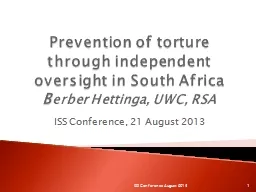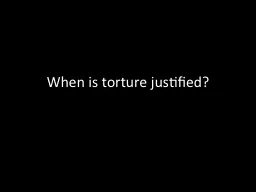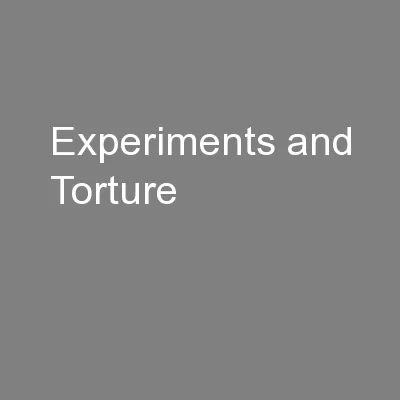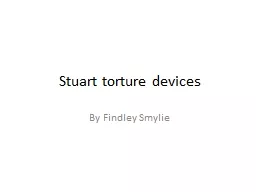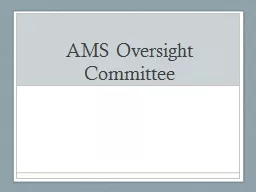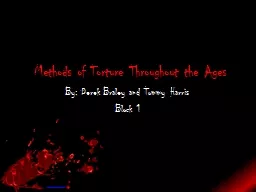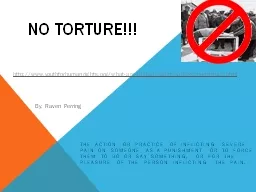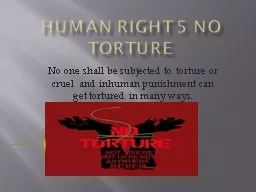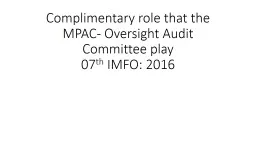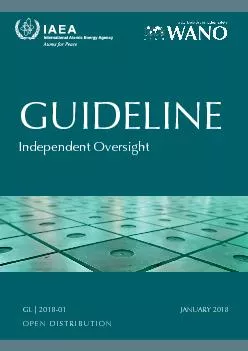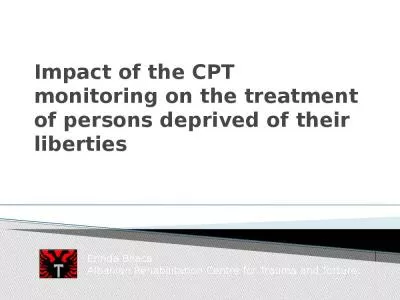PPT-Prevention of torture through independent oversight in Sout
Author : pamella-moone | Published Date : 2016-02-20
B erber Hettinga UWC RSA ISS Conference 21 August 2013 1 ISS Conference August 2013 Introduction The obligation to prevent torture The obligation to establish
Presentation Embed Code
Download Presentation
Download Presentation The PPT/PDF document "Prevention of torture through independen..." is the property of its rightful owner. Permission is granted to download and print the materials on this website for personal, non-commercial use only, and to display it on your personal computer provided you do not modify the materials and that you retain all copyright notices contained in the materials. By downloading content from our website, you accept the terms of this agreement.
Prevention of torture through independent oversight in Sout: Transcript
Download Rules Of Document
"Prevention of torture through independent oversight in Sout"The content belongs to its owner. You may download and print it for personal use, without modification, and keep all copyright notices. By downloading, you agree to these terms.
Related Documents

